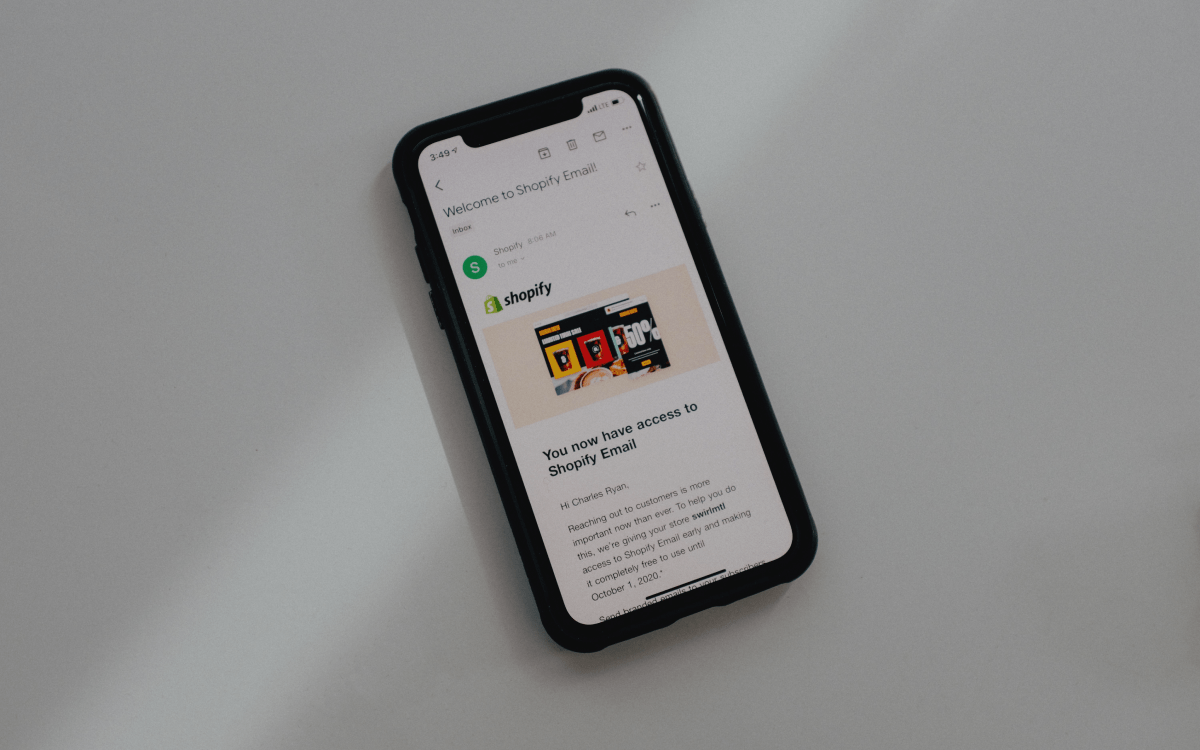
The ultimate measure of email marketing is did it drive the results you wanted.
When discussing email marketing metrics, the conversation often stops and starts at open and click-through rate benchmarks. Although important measures, these email metrics are not 100% reliable for reasons that we’ll discuss in a moment. But they also belie a bigger point about email marketing: even though its measurements are fuzzy, email marketing undoubtedly works: 82% of B2B and B2C companies use email marketing of some kind, generating a 4,300% return on their investment.
The challenge is that many marketers don’t understand exactly how to measure their email marketing’s effectiveness. So this week, let’s dive into some email marketing success benchmarks that can show you where to focus.
Email Marketing Open Rate Benchmarks
Email open rates can be off by as much as 35%.
Email open rate measurements are far from accurate, with some estimates noting that reported open rates can be off by as much as 35%. There are several explanations for these inaccuracies. First, open rates are calculated based on user downloads of a tiny tracking pixel image, but 30% of email clients automatically turn the image download feature off for security reasons. On the other hand, any recipient using a preview pane which displays emails and downloads the images automatically may be counted as an open without having ever clicked or read your email.
Email Marketing Click-Through Rate Benchmarks
Click-through rates are often viewed as a more relevant, accurate measure of email effectiveness. The following charts display industry averages for the metrics we have discussed among small and medium, and large-sized businesses.
Google Analytics is an excellent tool for tracking “beyond the click”. Email campaign tracking with Google Analytics allows you to isolate site visitors from email and understand their behaviors. After setting up a tracking code, you can see how guests interact with the website as well as conversion outcomes.
Email Marketing Unsubscribe Rate Benchmarks
Now we’re getting to one of the hidden keys of email marketing success: your unsubscribe rate. Keep in mind that even if they don’t open your email or click a link, your recipients will be seeing your brand’s name in their subject line every time you send an email. And when they do, the email will force them to take action (deleting it, marking it as read, etc.). Email’s ability to force your customer to take action is the true key to understanding successful email marketing. As long as your potential customers don’t unsubscribe, they’re granting you permission to keep your offers in front of them until they’re ready to purchase. Low open or click rates are ok, they’re the equivalent of your customers saying that it’s not a good time right now. High unsubscribe rates are not.
Email marketing’s key benefit: it forces your recipient to take action.
So from Young Marketing Consulting’s perspective, the most important email marketing success metric is your unsubscribe rate. Anything with rates higher than the benchmarks below means it’s time to reevaluate your email strategy.
Next week, we’re going to look at exactly how you can capitalize on some of these email marketing best practices. But for now, we hope that these 2016 email marketing benchmarks are helpful for you.
Share this post on your social profile:
A performance-driven marketing strategist with twenty years of experience growing international brands and organizations, Tim Young spent time at the Corporate Executive Board (now Gartner) and the Entrepreneurs' Organization before founding Young Marketing Consulting in 2013.
His areas of expertise include brand growth and identity development; lead generation and conversion; search engine optimization (SEO); customer satisfaction evaluation and improvement; customer segmentation and CRM work; ROI analysis and improvement; market research; and product development.
Want to get our blogs directly to your inbox?
Enter your email to sign up for our point of view on marketing trends, brand strategy, and sustainable business.


